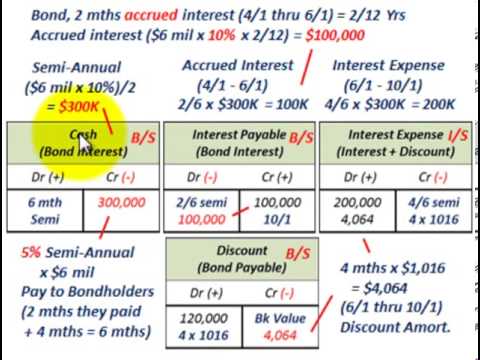Income Statement Items Explained With Examples

By generating income statements and other financial reports on a regular basis, you can analyze the statements over time to see whether your business is turning a profit. You can use this information to make financial projections and more informed decisions about your business. The four key elements in an income statement are revenue, expenses, gains, and losses. Together, these provide the company’s net income for the accounting period. However, real-world companies often operate on a global scale, have diversified business segments offering a mix of products and services, and what is certified payroll requirements anddefinitions frequently get involved in mergers, acquisitions, and strategic partnerships.
If the company is a service business, this line item can also be called Cost of Sales. How you calculate this figure will depend on whether or not you do cash or accrual accounting and how your company recognizes revenue, especially if you’re just calculating revenue for a rma releases annual statement studies data single month. For information pertaining to the registration status of 11 Financial, please contact the state securities regulators for those states in which 11 Financial maintains a registration filing. While an Income statement is vital for the business, it should be noted that an Income statement is just one of the three financial statements. The income statement is also vital for ratio analysis, equity research, and valuation of the company. Income statements also provide a good source of analysis for investors that are willing to invest in the business.
- Total operating expenses are computed by summing all these figures ($74.1 billion + $29.5 billion + $24.4 billion + $7.6 billion) to arrive at $135.7 billion.
- Income statements can be prepared monthly, quarterly, or annually, depending on your reporting needs.
- Learn how to read income statements, and you’ll unlock the ability to understand your finances.
- A single-step income statement is a simplified approach to viewing your net profit or loss.
- At some point, you’ll hit a ceiling, and the only way to grow the bottom line is to grow your revenue.
- Ultimately, horizontal analysis is used to identify trends over time—comparisons from Q1 to Q2, for example—instead of revealing how individual line items relate to others.
Understanding the Income Statement
EBT, also referred to as pre-tax income, measures a company’s profitability before income taxes are accounted for. Net income is used for calculation in many ratios in order to evaluate the company’s performance, including net profit margin, return on assets, return on equity, and earnings per share (EPS). Your net profit margin tells you what portion of each revenue dollar you can take home as net income. This takes into account all your expenses—COGS, general expenses, interest payments, and income tax.
The Income Statement vs. the Balance Sheet

It’s frequently used in absolute comparisons but can be used as percentages, too. Accountants, investors, and business owners regularly review income statements to understand how well a business is doing in relation to its expected future performance and use that understanding to adjust their actions. A business owner whose company misses targets might pivot strategy to improve in the next quarter. Similarly, an investor might decide to sell an investment to buy into a company meeting or exceeding its goals. Within an income statement, you’ll find all revenue and expense accounts for a set period.
Operating expenses are further expenses that are subtracted from total revenue. Microsoft spent $29.5 billion on research and development (R&D), over $24.4 billion on sales and marketing costs, and $7.6 billion on general and administrative costs. Total operating expenses are feedback inhibition in metabolic pathways computed by summing all these figures ($74.1 billion + $29.5 billion + $24.4 billion + $7.6 billion) to arrive at $135.7 billion.
Ask a Financial Professional Any Question
Lenders and investors look at your profit margins to see how profitable your company is, and decide whether to give you money. Single-step income statements are the simplest and most commonly used by small businesses. But multi-step income statements are great for small businesses with several income streams. The elements of an income statement include revenues, gains, gross profit, expenses, losses, and net income or loss.
Revenues
Consider business XYZ that earned $25,000 from the sale of goods and $3,000 as revenue from training personnel. In return, the business spent money on various activities, including wages, rent, transportation, etc., leading to $14,200 in expenses. The business also gained $1,500 from the sale of an old van and incurred a $2,000 loss from a pending lawsuit. It is a statement prepared by companies that operate globally offering a wide range of products and services and consequently incurring an array of expenses. Given the nature of their operations, such entities have a complex list of activities and costs to account for.
Accurate records of expenses, revenues, and credits are required for tax purposes and can help keep you in compliance with tax regulations. Net income is then used to calculate earnings per share (EPS) using the average shares outstanding, which are also listed on the income statement. EPS is calculated by dividing the net income figure by the number of weighted average shares outstanding. With 7.433 billion outstanding shares for Microsoft, its basic EPS came to $11.86 per share ($88.1 billion ÷ 7.433 billion). For example, a customer may take goods/services from a company on Sept. 28, which will lead to the revenue accounted for in September. The customer may be given a 30-day payment window due to his excellent credit and reputation, allowing until Oct. 28 to make the payment, which is when the receipts are accounted for.


